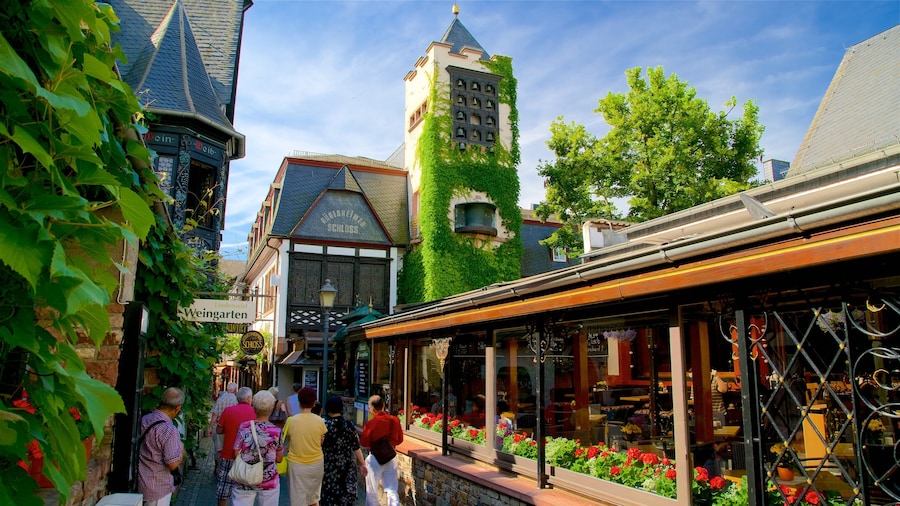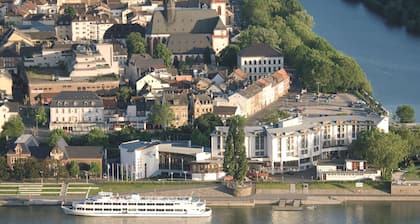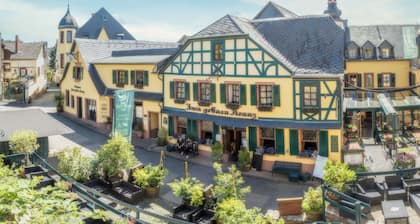Mäuseturm





Kunjungi Mäuseturm
Tempat populer untuk dikunjungi

Drosselgasse
Anda dapat melihat-lihat di Drosselgasse selama kunjungan Anda ke Ruedesheim am Rhein. Saat Anda berada di area ini, berjalan-jalanlah di tepi sungai.

Museum Penyiksaan Abad Pertengahan
Anda dapat mencari tahu mengenai pameran di Museum Penyiksaan Abad Pertengahan, museum bersejarah, selama perjalanan Anda ke Ruedesheim am Rhein. Saat Anda berada di area ini, berjalan-jalanlah di tepi sungai.

Monumen Niederwald
Anda dapat mempelajari sejarah dari Ruedesheim am Rhein dengan mampir ke Monumen Niederwald. Saat Anda berada di area ini, berjalan-jalanlah di tepi sungai.
St. Rochuskapelle
Pelajari sejarah setempat dari Bingen am Rhein dengan mampir ke St. Rochuskapelle. Saat Anda berada di area ini, berjalan-jalanlah di tepi sungai.
Pabrik Anggur Villa Sachsen
Anda dapat menikmati aktivitas mencicipi makanan atau tur di Pabrik Anggur Villa Sachsen selama perjalanan Anda ke Bingen am Rhein. Saat Anda berada di area ini, berjalan-jalanlah di tepi sungai.
Alter Rheinkran von 1487
Pelajari sejarah setempat dari Bingen am Rhein saat Anda melakukan perjalanan ke Alter Rheinkran von 1487. Saat Anda berada di area ini, berjalan-jalanlah di tepi sungai.
Opsi Penginapan Terbaik Dekat Mäuseturm
Cek ketersediaan hotel di dekat Mäuseturm



